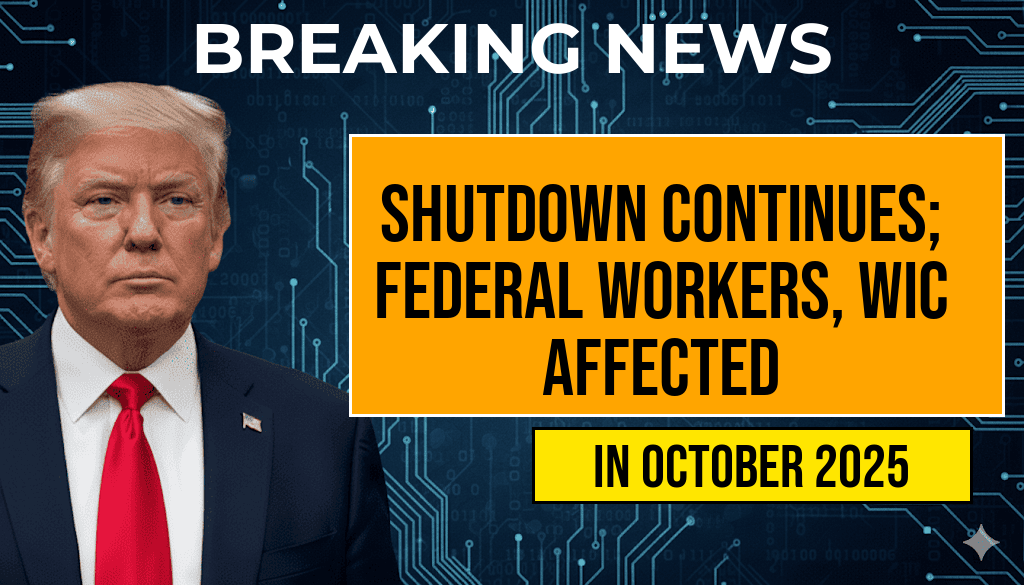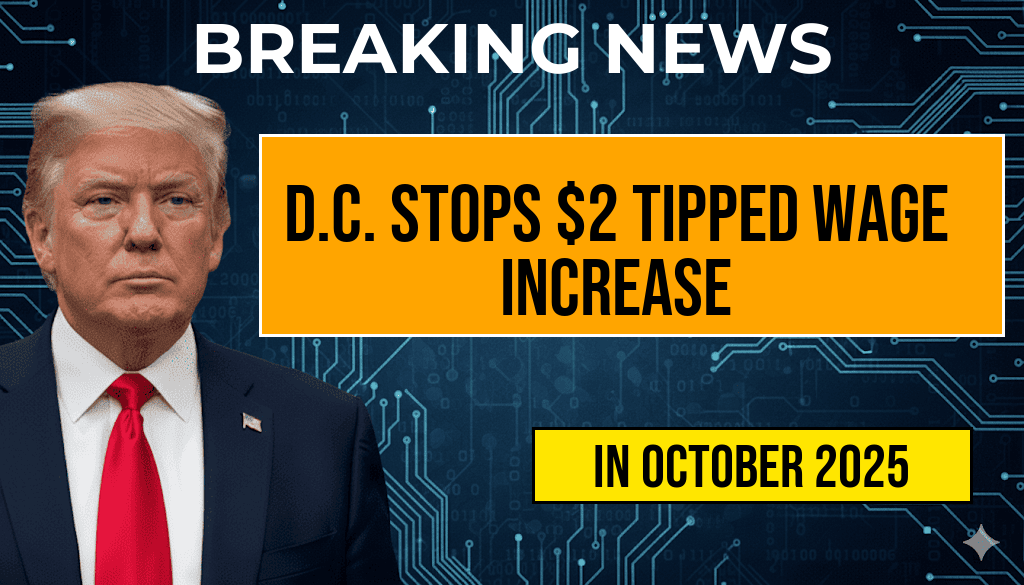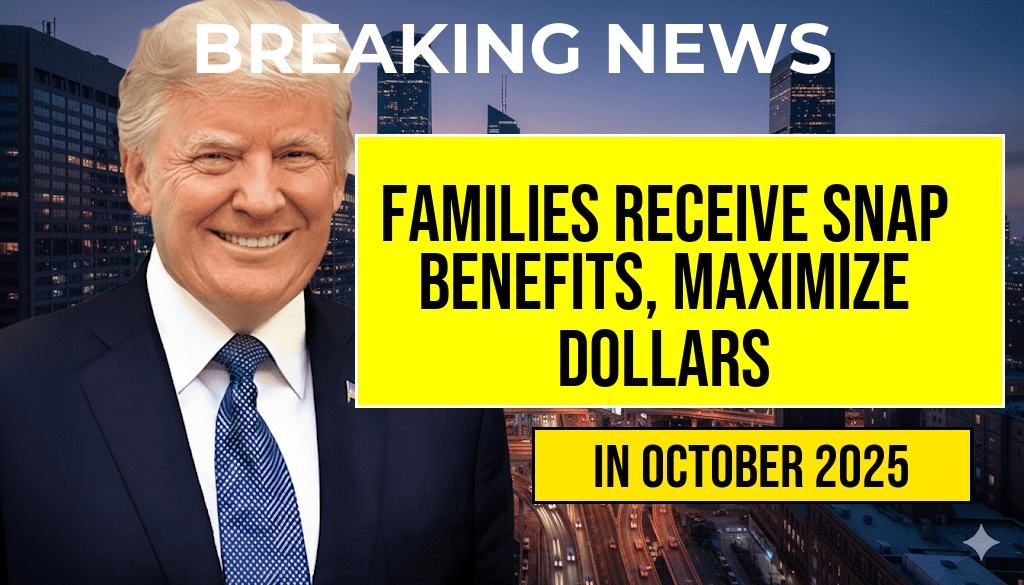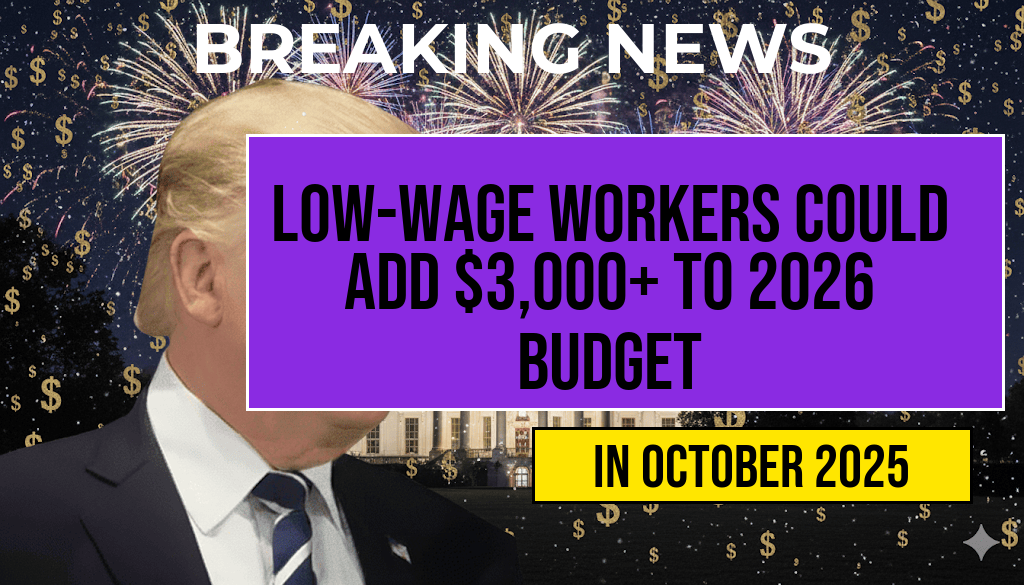As the federal government enters its sixth day of a partial shutdown, thousands of federal workers remain furloughed without pay, creating widespread financial uncertainty across multiple agencies. Meanwhile, a significant $8 billion federal program supporting women, infants, and children—commonly known as the WIC program—faces looming cuts, jeopardizing access for millions relying on vital nutrition assistance. The impasse continues as congressional leaders struggle to reach an agreement on funding legislation, with negotiations appearing stalled amidst political disagreements. The shutdown has begun to ripple through various sectors, affecting not only government employees but also vulnerable populations dependent on federal services, prompting urgent calls for resolution from advocacy groups and affected communities.
Government Shutdown Extends Into Sixth Day
The partial shutdown, triggered by the failure of Congress to pass a comprehensive budget bill, has now entered its sixth day, impacting approximately 800,000 federal workers who are either furloughed or working without pay. Agencies across departments such as Homeland Security, the Interior, and Agriculture have limited operations, with many services suspended or significantly reduced. Essential personnel continue working, but many civilian employees face financial hardship due to delayed paychecks.
Impact on Federal Employees and Services
- Furloughed workers receive no pay during the shutdown period, with paychecks delayed until funding resumes.
- Some agencies, including the Social Security Administration, continue operations, although with limited staffing.
- Public access to national parks, museums, and other federally managed sites has been curtailed or halted altogether.
- Delayed processing of visas, permits, and other administrative functions creates backlogs.
Federal workers and contractors have voiced frustration, with many expressing concern over mounting bills and uncertain financial futures. The American Federation of Government Employees (AFGE) has called for immediate congressional action, emphasizing the hardship faced by employees and their families.
WIC Program Faces Significant Threat
| Aspect | Details |
|---|---|
| Program Budget | $8 billion allocated annually to support nutrition assistance for women, infants, and children |
| Number of Beneficiaries | Approximately 6 million participants nationwide |
| Current Threat | Potential funding cuts or delays due to government shutdown |
| Consequences of Cuts | Reduced food benefits, limited access to nutrition education, and disrupted supply chains |
The WIC program is a critical lifeline for low-income families, providing supplemental nutritious foods, breastfeeding support, and health referrals. With the shutdown ongoing, officials warn that the program could face disruptions, leaving vulnerable populations at increased risk of food insecurity. The Department of Agriculture has indicated that if appropriations are not restored promptly, federal funding for WIC could be delayed, affecting millions of children and pregnant women across the country.
Political Deadlock and Funding Disputes
The shutdown stems from unresolved disagreements over federal spending priorities, with negotiations largely stalled over issues such as immigration policy, defense spending, and social programs. House and Senate leaders remain at an impasse, with each side accusing the other of obstructing efforts to pass a bipartisan funding bill. The White House has called for a swift resolution, emphasizing the importance of keeping government services operational, but concrete progress remains elusive.
Republican and Democratic lawmakers continue to exchange blame, with some advocating for temporary funding measures to reopen parts of the government while negotiations continue. However, no consensus has emerged, prolonging the shutdown’s economic and social impacts.
Economic and Social Ramifications
Economists warn that prolonged shutdowns can slow economic growth, disrupt markets, and increase uncertainty among consumers and businesses. Small businesses that rely on federal permits or contracts face delays, and tourism-dependent sectors suffer when national parks and monuments close.
Vulnerable populations, especially those served by programs like WIC, are disproportionately affected. Advocacy groups have urged Congress to prioritize funding that supports essential services for at-risk communities, warning that delays could have long-term health and developmental consequences.
Government Response and Next Steps
Federal agencies are implementing contingency measures to mitigate some impacts of the shutdown, but these are temporary. The Biden administration has issued directives to ensure that critical health and safety functions continue, but many administrative processes are halted or slowed.
Congressional leaders are expected to resume negotiations soon, with bipartisan talks centered on reaching a funding agreement before further disruptions occur. The urgency of the situation has prompted calls from stakeholders for a bipartisan effort to end the shutdown and restore funding for programs like WIC.
For ongoing updates and detailed information on shutdown developments, credible sources like GovExec and official government websites provide comprehensive coverage.
Frequently Asked Questions
What is the current status of the government shutdown?
The government shutdown has entered its 6th day, with federal workers continuing to face no pay and essential services remaining affected during this period.
How are federal workers being impacted by the shutdown?
Federal workers are experiencing lack of pay as their agencies remain unfunded, leading to financial hardship and uncertainty about their income during the shutdown.
What are the implications for the WIC program amid the shutdown?
The WIC (Women, Infants, and Children) program faces cuts of approximately $8 billion, which could reduce benefits and services for vulnerable families relying on nutritional assistance.
Is there any indication of when the shutdown might end?
There is currently for the end of the shutdown, as negotiations continue and lawmakers debate funding measures to reopen the government.
What can affected individuals do during this shutdown?
Federal workers and recipients of programs like WIC are advised to stay informed through official channels, explore emergency financial assistance options if available, and contact local agencies for support during this period.






